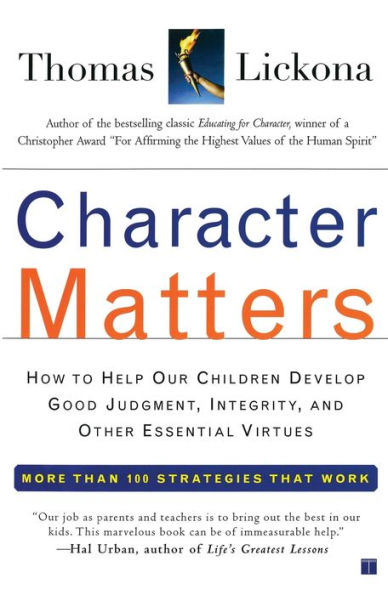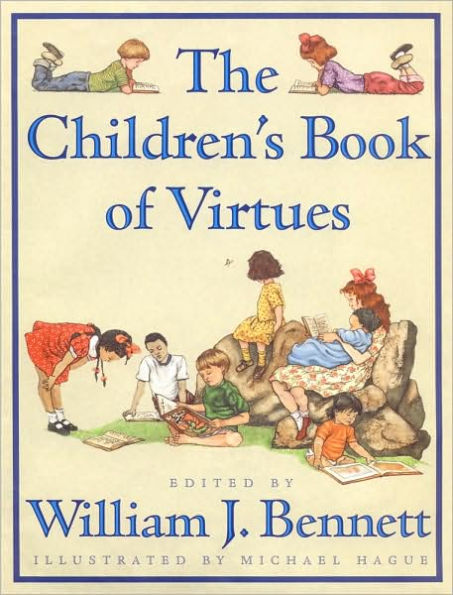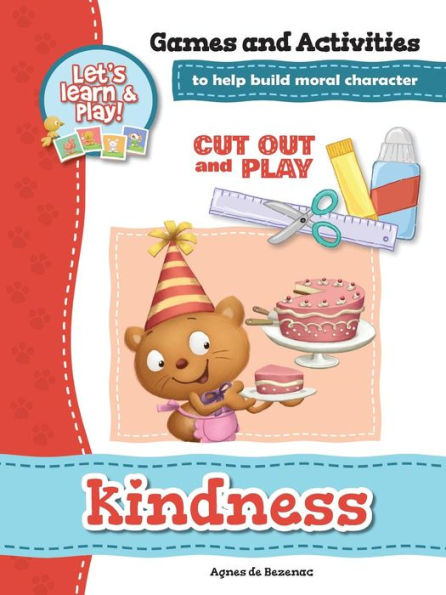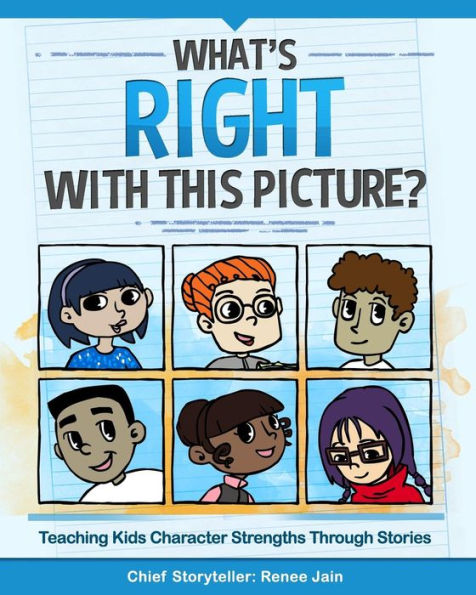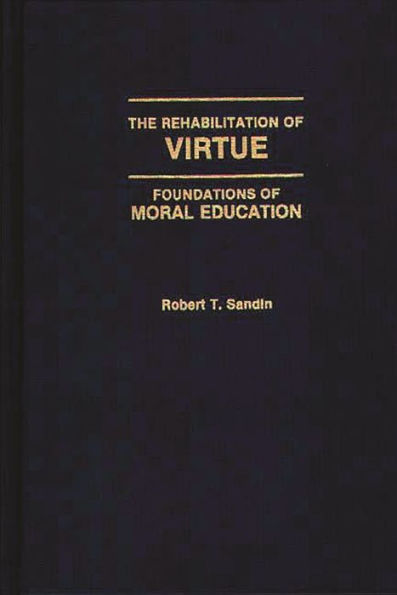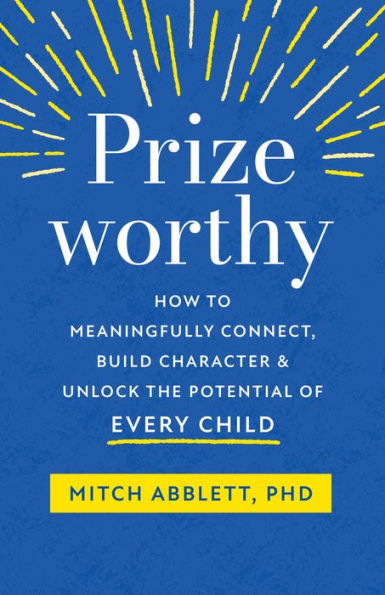Home
Of Good Character: Exploration of Virtues and Values in 3-25 year-olds
Loading Inventory...
Barnes and Noble
Of Good Character: Exploration of Virtues and Values in 3-25 year-olds
Current price: $17.90


Barnes and Noble
Of Good Character: Exploration of Virtues and Values in 3-25 year-olds
Current price: $17.90
Loading Inventory...
Size: OS
*Product Information may vary - to confirm product availability, pricing, and additional information please contact Barnes and Noble
There has been across the world a resurgence of interest in 'values education' (values education is known internationally by a number of names) at school education, research and policy levels. In Australia the Australian Values Education projects led to the government initiating a number of large scale curriculum developments and resources projects as part of its expressed policy to introduce values education programmes in all schools. UNESCO has its own values education programme, entitled Living Values that functions in 84 countries. In the United Kingdom, the introduction of the National Curriculum in England has led to a major effort to develop what is variously described as a ‘moral’ or ‘ethical’ perspective. In England, the education of the moral child has been both an underpinning aspiration of the National Curriculum and a focus of particular curricular subjects, most notably citizenship education. The purpose of this book is to make a contribution to this emerging field, and to do so in two ways. First, it presents a substantial body of empirical evidence, the results of the largest UK study to date of what parents, pupils and teachers are thinking and doing in the area of moral education and, more specifically, ‘character education’. Second, it seeks to elucidate more clearly what those involved in the debate mean by the terms used. The terms used in relation to moral and character education are not fixed, and are sometimes used apparently in different senses, by different contributors, and for different purposes. As a result of these two features, the present work offers some suggestions about possible ways forward in developing concrete proposals for moral education, in particular in identifying an appropriate language that can be used by practitioners in situations ‘on the ground’.
